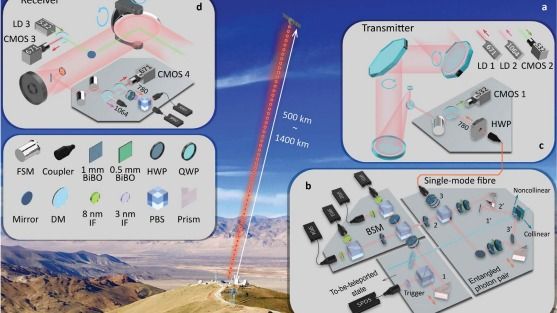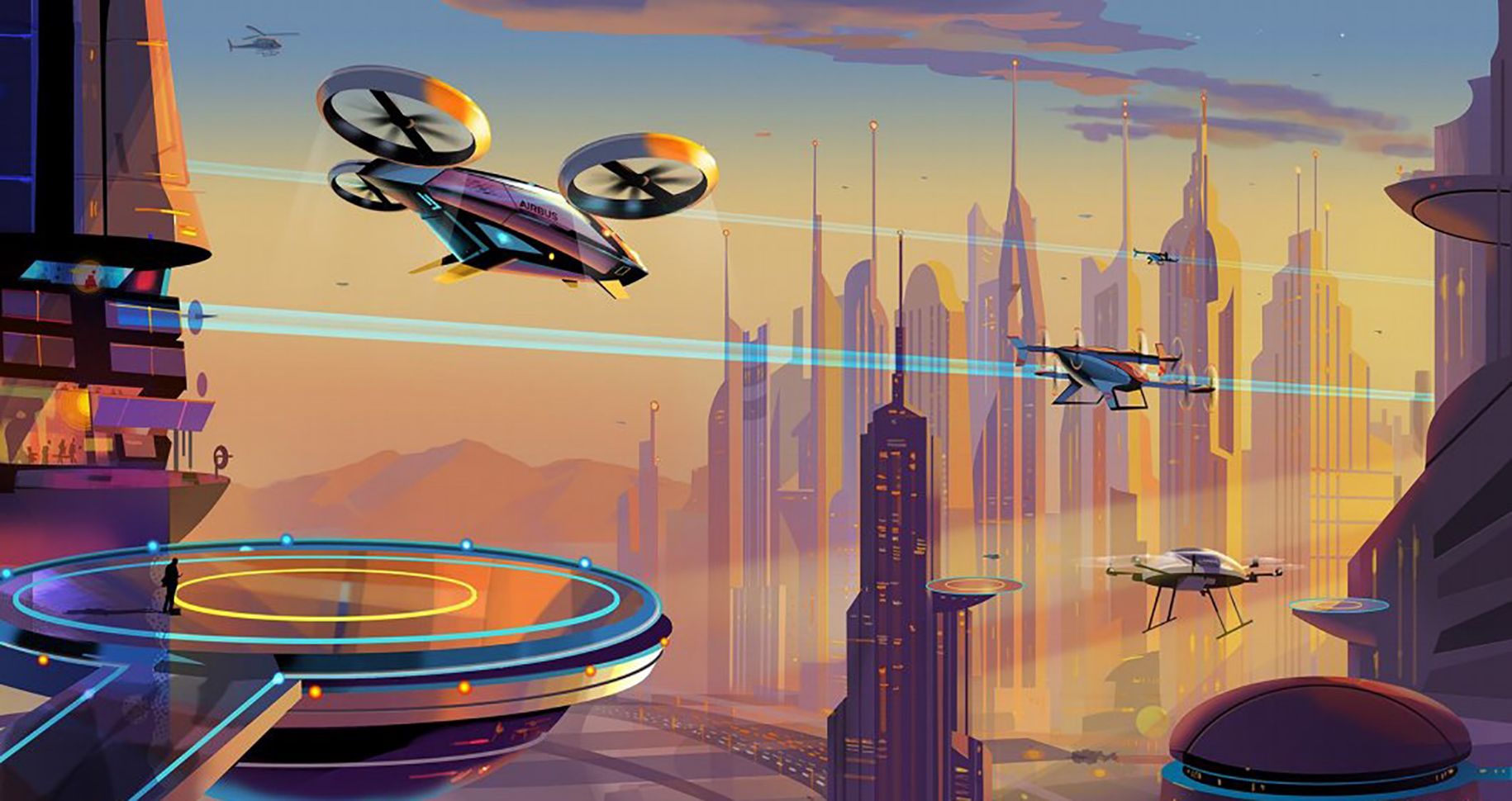Connectivity
First Object Teleported from Earth to Orbit.
Researchers in China have teleported a photon from the ground to a satellite orbiting more than 500 kilometers above.


Humanity is advancing rapidly towards a place where the news sounds an awful lot like science fiction. In fact, yesterday, Chinese scientists reported that they “teleported” a photon over hundreds of miles using a “quantum satellite.” But this isn’t Star Trek. It’s the real world.
Which happens to mean it’s a lot less exciting than Star Trek-style teleportation, unfortunately. But it’s still really cool, I promise!
Examining the science behind the Epstein Drive as portrayed on The Expanse. Careful for general spoilers! Add your comments, observations and be sure to use this week’s hashtag!
CREDITS
The Expanse http://www.syfy.com/theexpanse
MUSIC
Light Awash by Kevin MacLeod is licensed under a Creative Commons Attribution license (https://creativecommons.org/licenses/by/4.0/)
Source: http://incompetech.com/music/royalty-free/index.html?isrc=USUAN1100175
Artist: http://incompetech.com/
For us, this is the only way to make it happen!
Roboteam – Human Driven – Made in the USA.
Watch how we do it


At a Royal Aeronautical Society lecture in London, Airbus revealed more details about its ambitious plans for Urban Air Mobility. Are we on the cusp of a revolution in air transport? TIM ROBINSON reports.
In 2025, could your Airbus A350-1000 long-haul business flight to Heathrow end with you stepping off the aircraft, going through passport control and instead of getting stuck in road works, underground strikes or overcrowded trains, see you hop inside a comfortable, quiet, electric-powered VTOL aerial taxi which would whisk you in under 20 minutes to a helipad the other side of London? Science fiction right?
What sounds like Blade Runner or even the Jetsons, is only five to seven years away from being a practical reality, according to Mark Cousin, SVP Head of Flight Demonstrators, Airbus CTO at a recent Rotorcraft Group lecture at the Royal Aeronautical Society. “We believe that these vehicles will be technically feasible well before 2025,” he said.
The UK government has revealed how investing in the space industry will form a key part of its strategy for boosting economic growth.
At the heart of the government’s strategy is a pledge to invest £99 million to create a National Satellite Testing Facility (NSTF) and another £4 million investment for a new National Space Propulsion Facility (NSPF).
The UK government hopeS the significant funding boost will enable the space industry to competitively bid for more national and international contracts and ensure it remains a world-leader for space technologies for decades to come.

Royal College of Art graduate Brian Black has designed a concept rover and virtual-reality interface that would allow anyone on earth to contribute to space exploration missions.
Black’s vision would see participants driving the rovers over real planets and moons, and collecting samples for analysis, all via a virtual-reality (VR) headset.
Installed in galleries, universities or other public places, the VR experience would function as an engagement mechanism during future interplanetary missions by NASA and other space agencies.